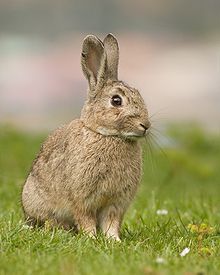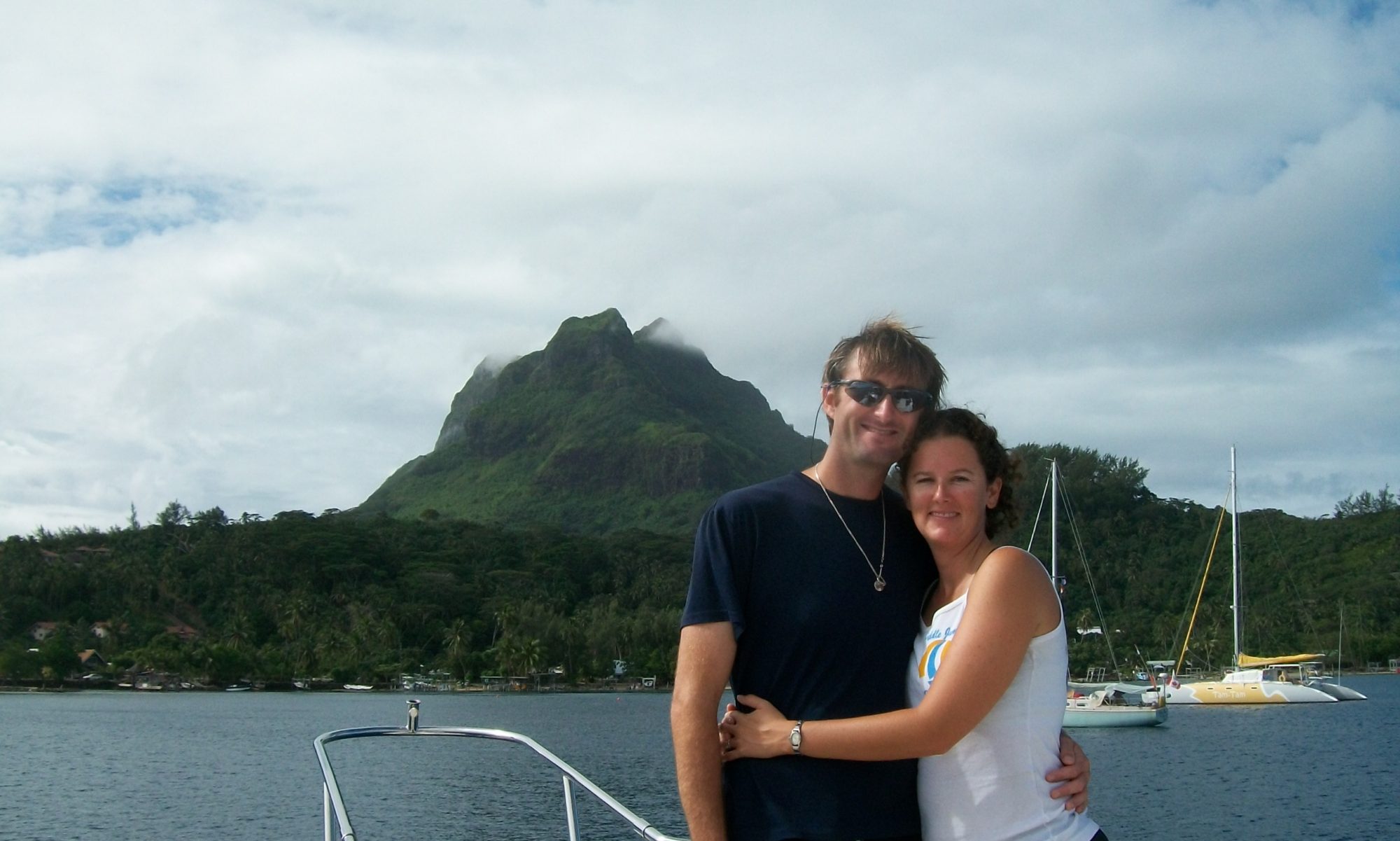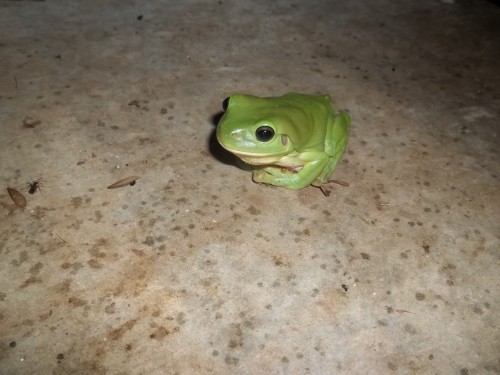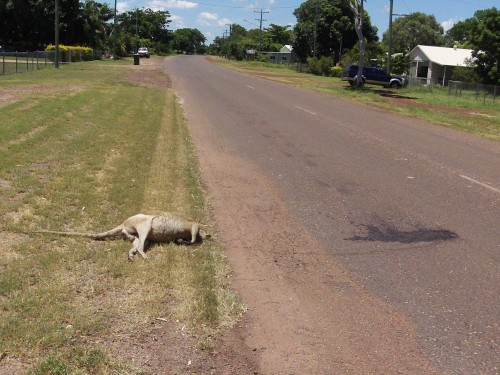Karumba, QLD, Australia
We want to introduce you to something that Tiffany’s mom considers to be one of the nastiest, grossest, ickiest things in the world:
The Tree Frog
These little guys love warm, humid places like Florida (where Tiffany is from) and Queensland, Australia (where the little guy pictured above is from). The ones in FL are around the 1 inch size and a pale, almost white, green. The Australian ones we’ve seen are about 3 inches long (for you non-Americans, that 7.5 cm). They are a beautiful glossy green (mom calls them “slimy”). The first one we saw was sleeping on a branch and Greg totally thought it was a ceramic frog! For quite a while Tiffany couldn’t decide if he agreed or not, but watching closely we could see its sides moving as it breathed. Such a cute little thing!
See, they’re even house broken!
On the other hand, cane toads are ugly and nasty.

Originally from South and Central America, Cane toads were transplanted worldwide in an attempt to control bugs threatening sugarcane crops (therein their name). The big problem? Cane toads are lethally poisonous to just about everything that eats toads. So almost nothing in Australia can eat them. Oh, and a single female lays about 8,000-25,000 eggs at a time (also poisonous) and can lay eggs year round in tropical climates (like Australia).
So virtually no predators, massive breeding potential, abundant food sources and they’re tough to kill. We have dozens of toads camped outside every evening,
and those are just the ones that we can easily spot in a 5 second glance.
Who knows how many are hiding in the grass! They are considered a serious pest, but no one knows what to do about them.
The real salt in the wound? Because of all the available food, the toads were too lazy to even eat the bugs they were brought here to control.
The sad thing is that there are a lot of animals that have been introduced to Australia that have garnished the “serious pest” title. Cats, dogs and rabbits to name a few. Why? Cats are extremely good hunters. They’ve devastated native bird and small animal populations, causing entire species to go extinct-

Oh, and Aussie feral cats are not your typical house cat. They are big (think 20 pound cat), they are bold, and they don’t have much fear of humans. We’re glad we’re much larger than they are, because otherwise they’d probably think about taking us down.
Most of the same applies to the dogs, although geared more towards sheep than small animals. As we learned in New Zealand, dogs killing sheep is such a big deal that they have laws about dogs running loose. If a dog is unaccompanied on your land, it can be shot on sight.
Rabbits, on the other hand, have never been known to attack anything. Well, with the intent to kill it anyway. The biggest issue with them is that they are eating the native small animals out of their food. Since they breed like, well, rabbits, they’ve also been impossible to get rid of. On our Great Australian Road Trip we saw dozens of rabbits, mostly in the lushly green areas of Victoria and South Australia, although we’ve been told they exist pretty much everywhere on the continent.
Things like this just remind us how important it is for us not to mess with the environment. As George Carlin reminds us – our world is incredibly robust; however, the life that lives on our planet is not quite so resilient.
For example: living though a full blown ice-age, while fine for mother earth, would not make for wonderful sailing.
Snow is only fun for so long.
We can change something that we think is very minor
(who ever thought rabbits could be a threat?!)
and have a major impact on the ecosystem around us.
(Rabbits are one of the most significant factors in species loss in Australia)

So rabbits do not actually meet the requirements for “cute”…who knew?
Just the act of mowing and caring for lawns up in Karumba has greatly increased the population of wallabies in the area. Mowing the sides of the road and watering lawns causes new growth, which the wallabies specifically love to eat. And since people do this year round, the wallabies stay here year round, unlike in the past where this was a seasonal place for them to inhabit. Also, the wallabies spend most of their time near the food they love to eat…right next to the road.
A butterfly flaps its wings…
…or someone decides rabbits are cute
…or someone let’s their cat out
…or someone decides to mow their lawn!?!?! …
(how is that even fair!?)
…and ecosystems collapse.
For more on our experiences with induced species, check out what happened with the New Zealanders attempted to create jobs by introducing a fur trade from Australia.
Greg and Tiffany are traveling around the world on sailing yachts and keep a video blog of their (mis)adventures. If sailing to Tahiti on a 44 ft sailboat, 3-day delays for wine tastings, getting pooped on by seagulls, opening coconuts with dull machetes, sailing past tornadoes and ukulele Christmas carols are for you, then check them out atwww.CoastGuardCouple.com!




